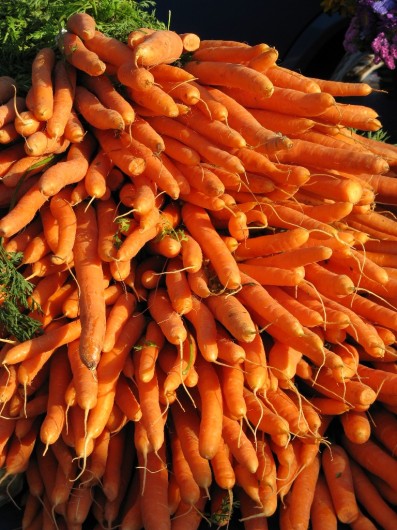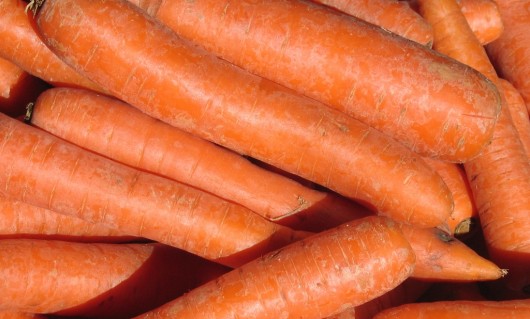Which Fruit Has The Most Beta Carotene (Carotene-ß)?
What Is Beta Carotene (Carotene-ß)?
Carotenes (from the Latin word “carota”) are unsaturated hydrocarbons, which are synthesized by plants. Carotene is orange, and is a photosynthetic pigment that is important for photosynthesis in plants. The carotene is a means of protecting the plant’s cells from being damaged by ultraviolet light. But carotenes cannot be made by animals.
Why Is Beta Carotene Good For Our Health?
Beta carotene – ß-Carotene – is stored in body fat and in the liver. It is a form of vitamin A important to human health. The body is able to convert the beta carotene into retinal when it is needed. Interestingly, different animals have either an efficient or inefficient ability to convert carotenoids that contain retinal into usable vitamin A retinals – meat-eaters are particularly poor at converting carotenoids.
Not only orange foods contain beta carotene. There are fruits and vegetables ranging from green to red that have carotenes in them. Here are a few, which shows the wide range of colors where beta carotene can be found: goji berries, cantaloupe, mangoes, spinach, chard, cilantro, broccoli, rose hips, pumpkin, kale, mustard greens and cassava. It is generally true, however, that the more orange the color, the more beta carotene is present.
Beta carotene is an anti-oxidant. The function of an anti-oxidant is to inhibit the oxidation of molecules. This is beneficial because oxidation produces free radicals, which damage and destroy cells.
There are studies that a small amount of beta carotene may contribute to preventing cognitive decline, and it can also help people who are overly photosensitive. But there is considerable support for an increase in certain kinds of cancer with excessive amounts of beta carotene supplements. In particular, smokers are warned not to take β-carotene supplements, due to the increase in the risk of lung cancer.
But everyone needs their vitamin A, and eating carrots does indeed contribute to good eyesight and a healthy body.
Top Fruits For Beta Carotene Content
The amounts of Beta Carotene are given for 100g of each fruit.
1 Carrot 8.285,00 mcg
2 Pumpkin 3.100,00 mcg
3 Melon (Cantaloupe) 2.020,00 mcg
4 Apricot 1.094,00 mcg
5 Passion Fruit 743,00 mcg
6 Grapefruit 686,00 mcg
7 Tomato 449,00 mcg
8 Mango 445,00 mcg
9 Guava 374,00 mcg
10 Watermelon 303,00 mcg
11 Papaya 276,00 mcg
12 Plum 190,00 mcg
13 Peach 162,00 mcg
14 Tangerine 155,00 mcg
15 Blackberry 128,00 mcg
16 Fig 85,00 mcg
17 Orange 71,00 mcg
18 Jackfruit 61,00 mcg
19 Cucumber 46,00 mcg
20 Grape 39,00 mcg
21 Cherry (sweet) 38 mcg
22 Cranberry 36,00 mcg
23 Pineapple 35,00 mcg
24 Blueberry 32,00 mcg
25 Kiwi 31,00 mcg
26 Apple 27,00 mcg
27 Banana 26,00 mcg
28 Redcurrant 25,00 mcg
29 Durian 23,00 mcg
30 Mangosteen 16,00 mcg
31 Pear 12,00 mcg
32 Raspberry 12,00 mcg
33 Mulberry 9,00 mcg
34 Strawberry 7,00 mcg
35 Lemon 3,00 mcg
36 Lime 3,00 mcg
37 Lychee 0,00 mcg
38 Pomegranate 0,00 mcg
39 Elderberry 0,00 mcg
40 Gooseberry 0,00 mcg
41 Blackcurrant 0,00 mcg

